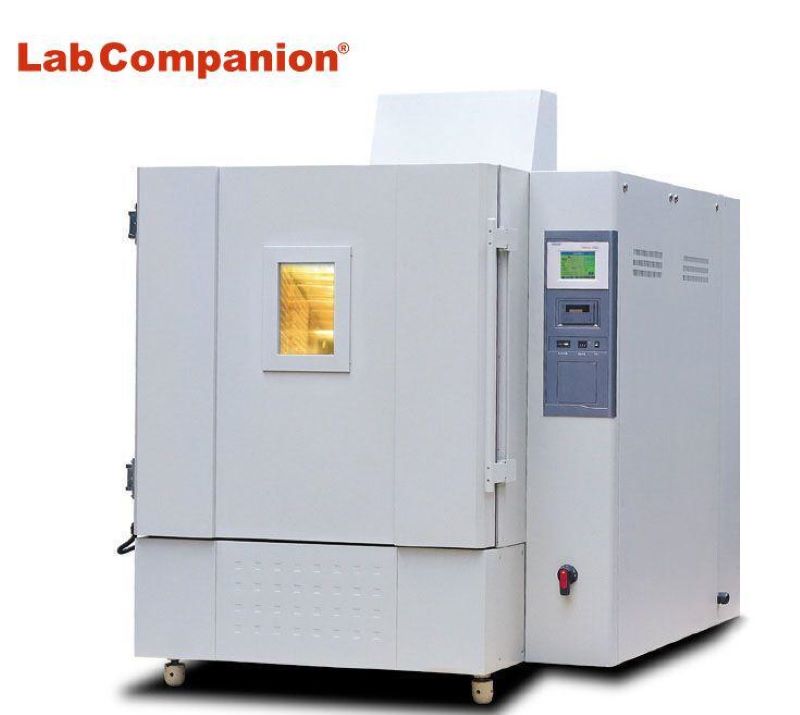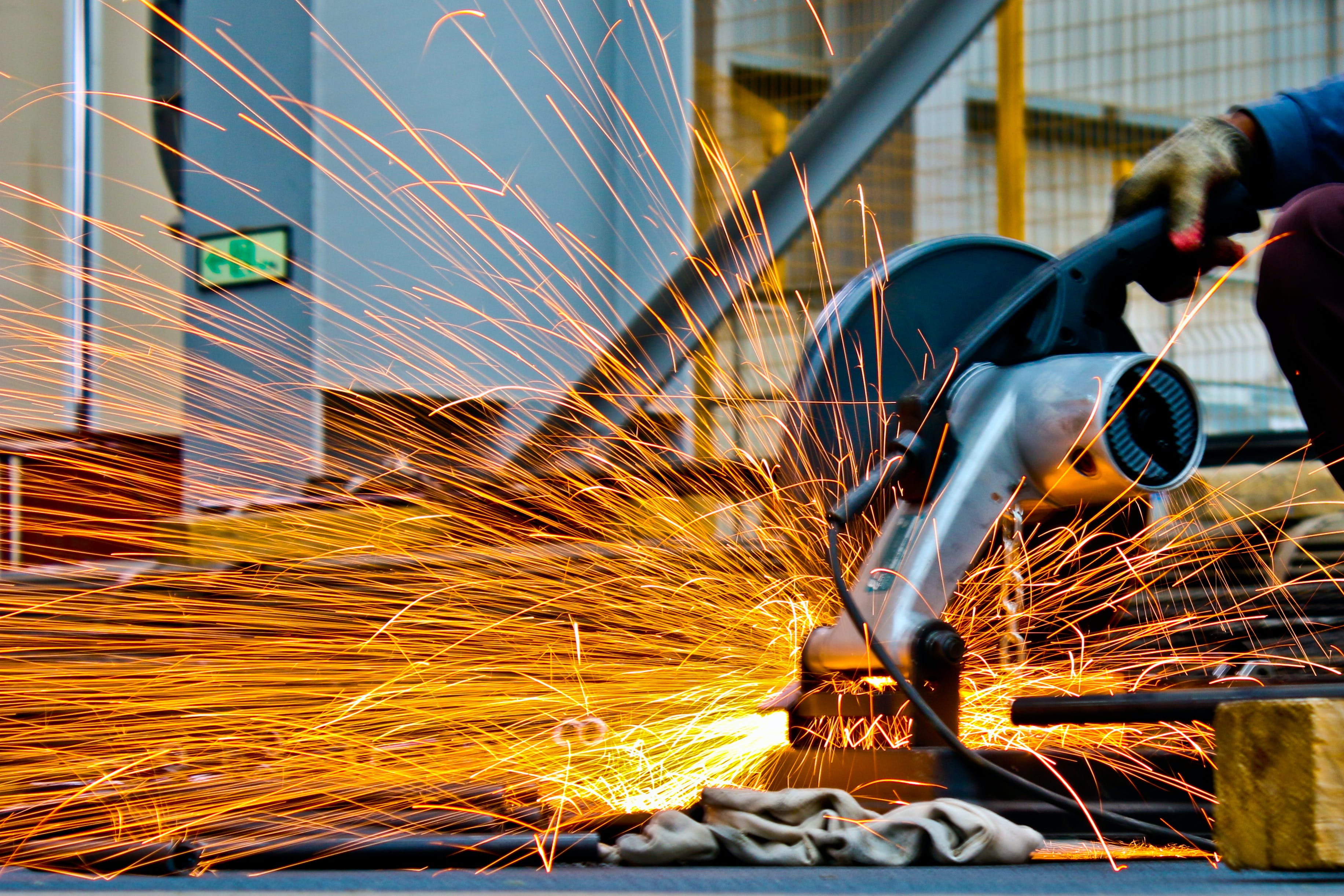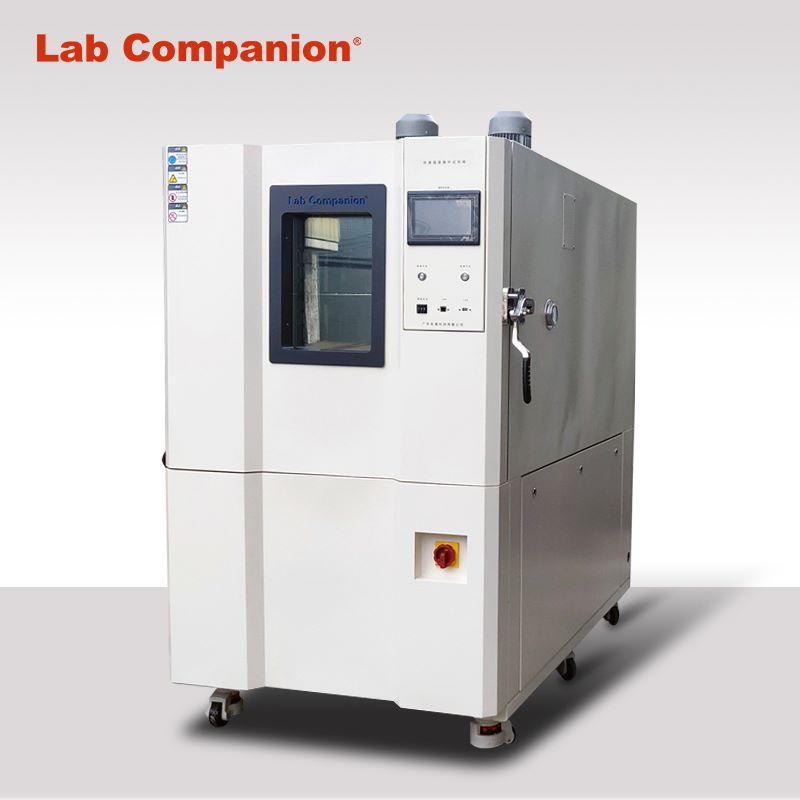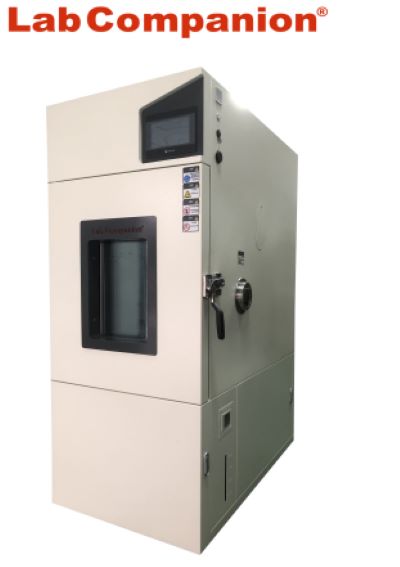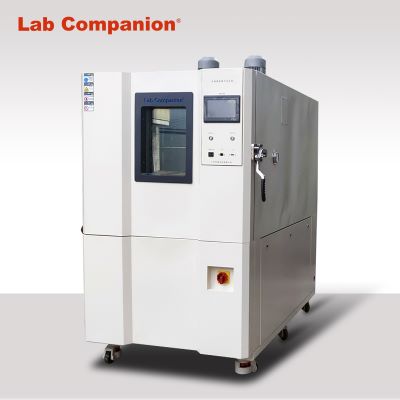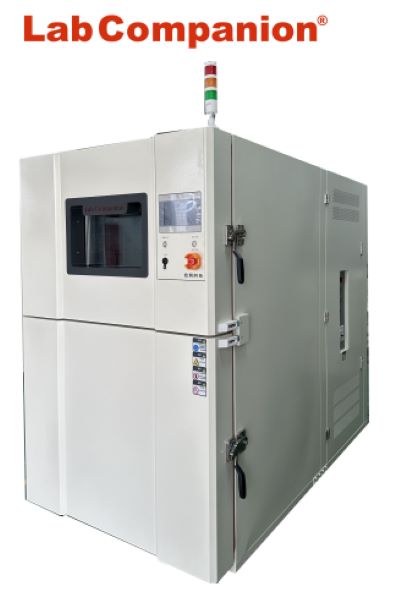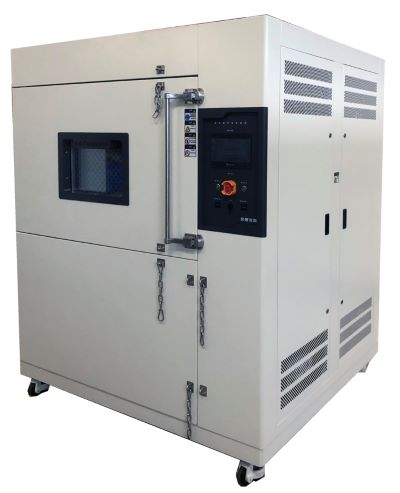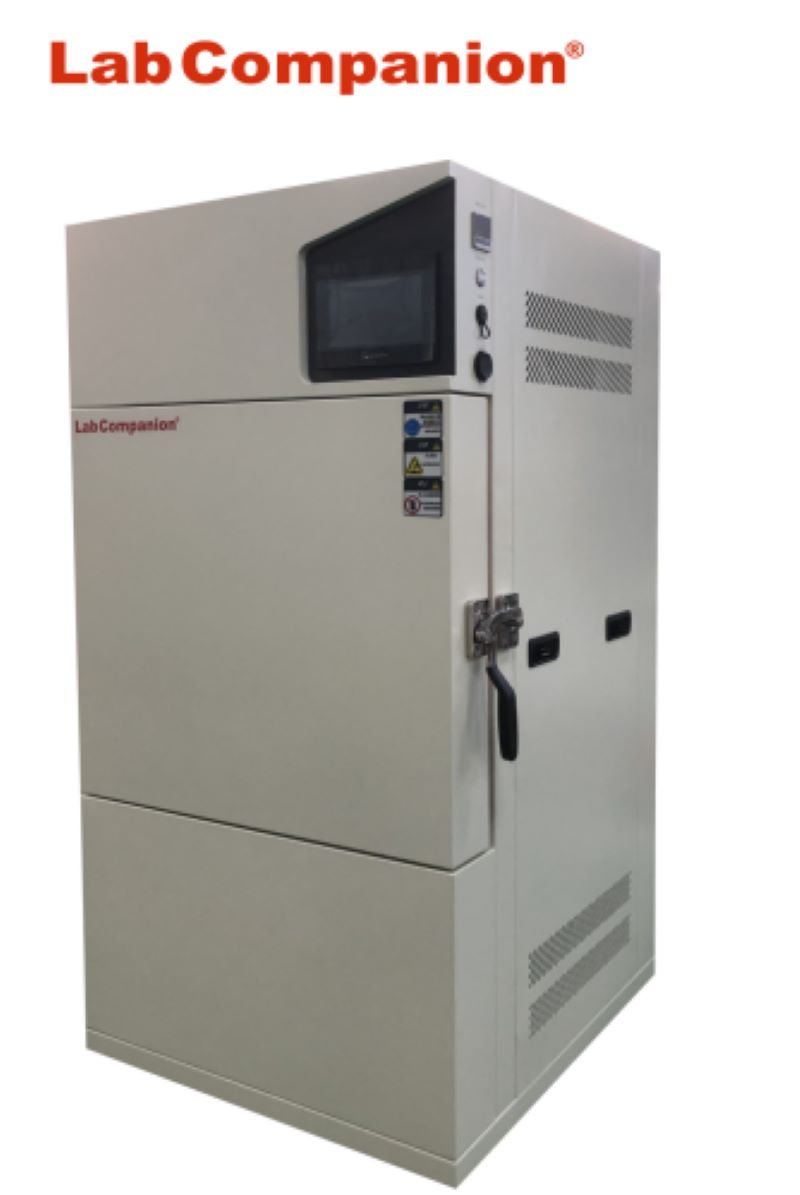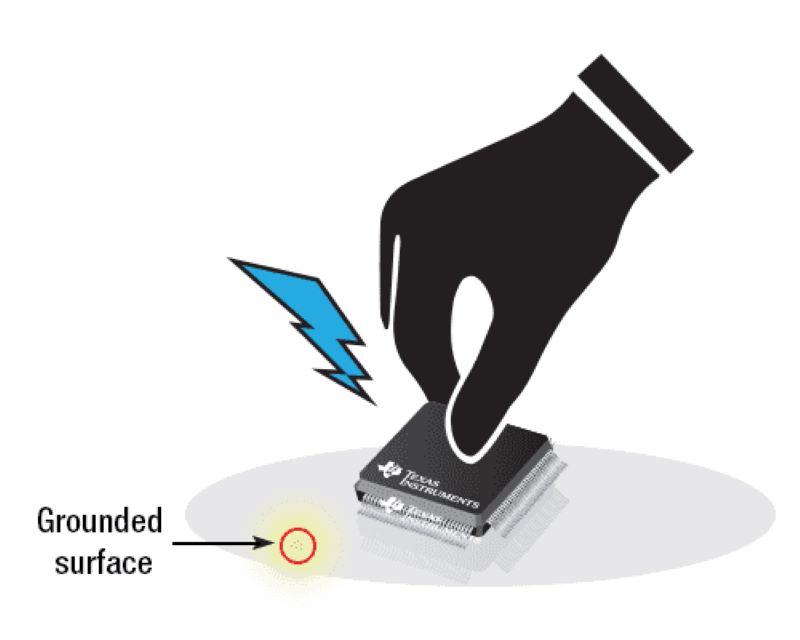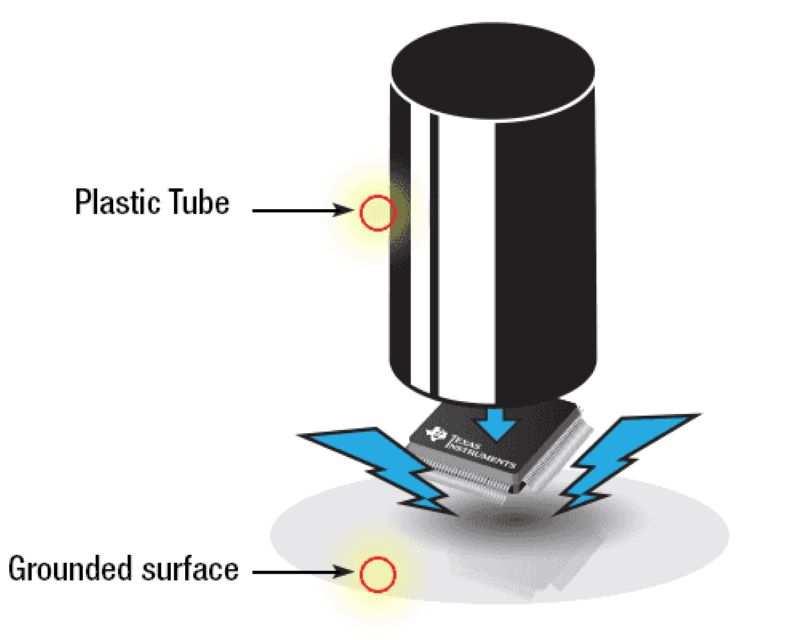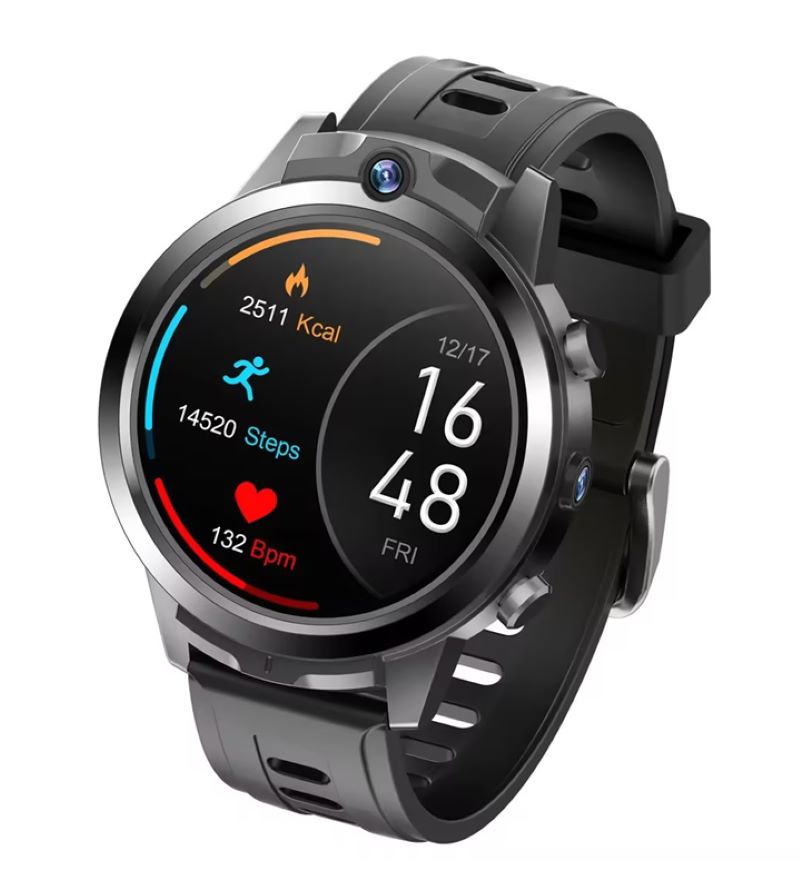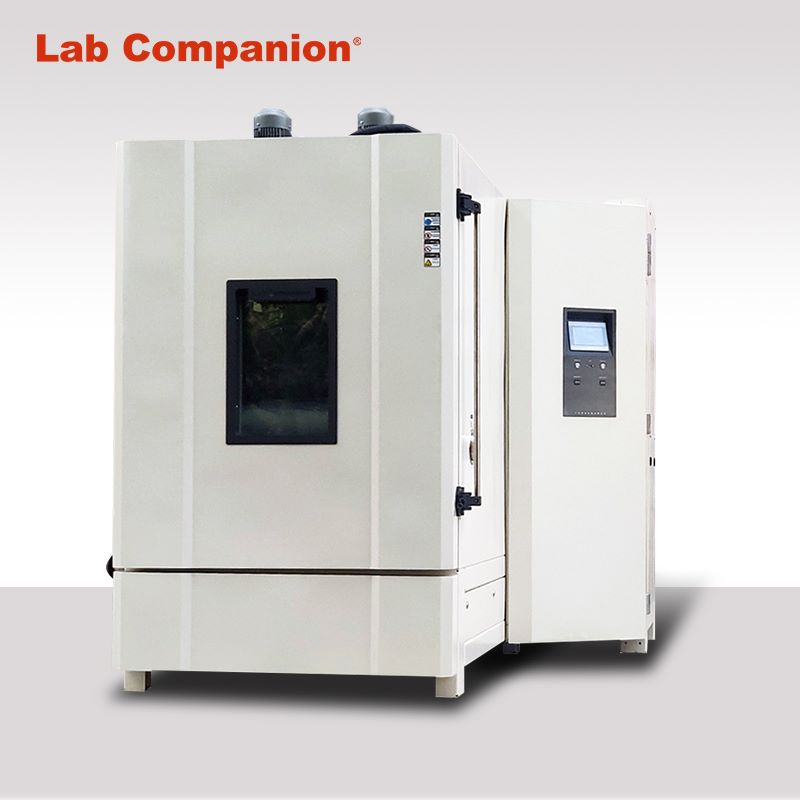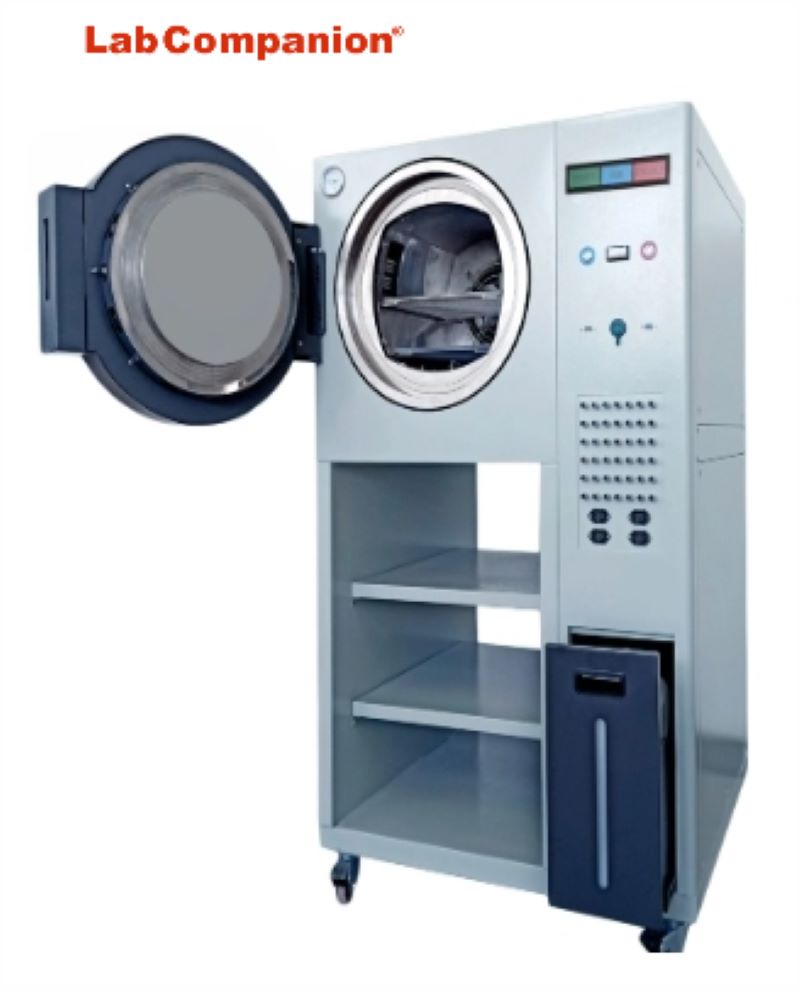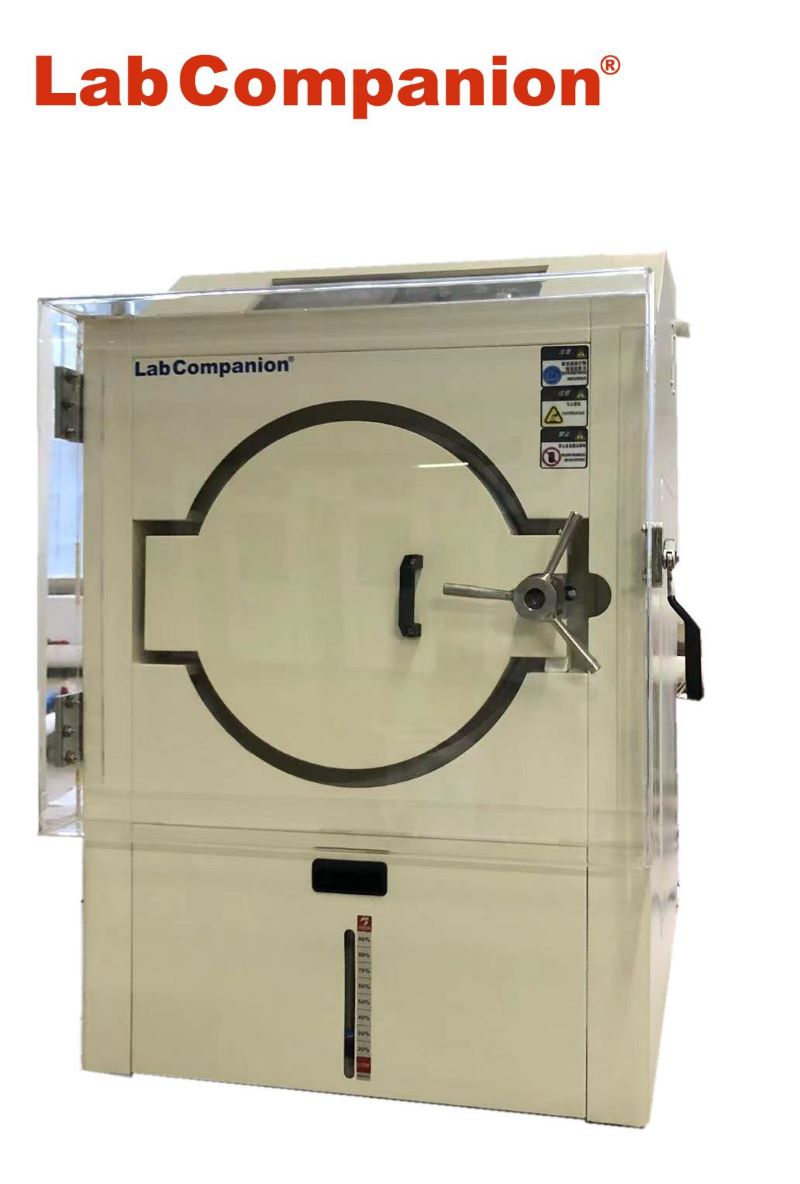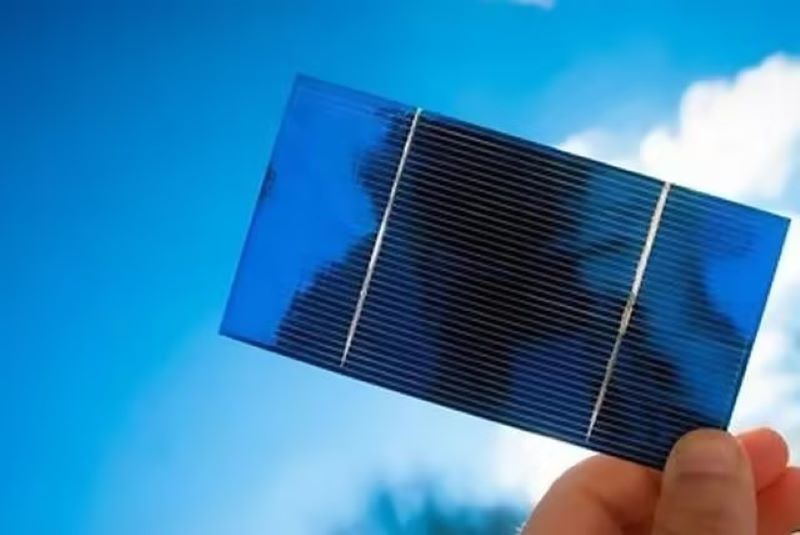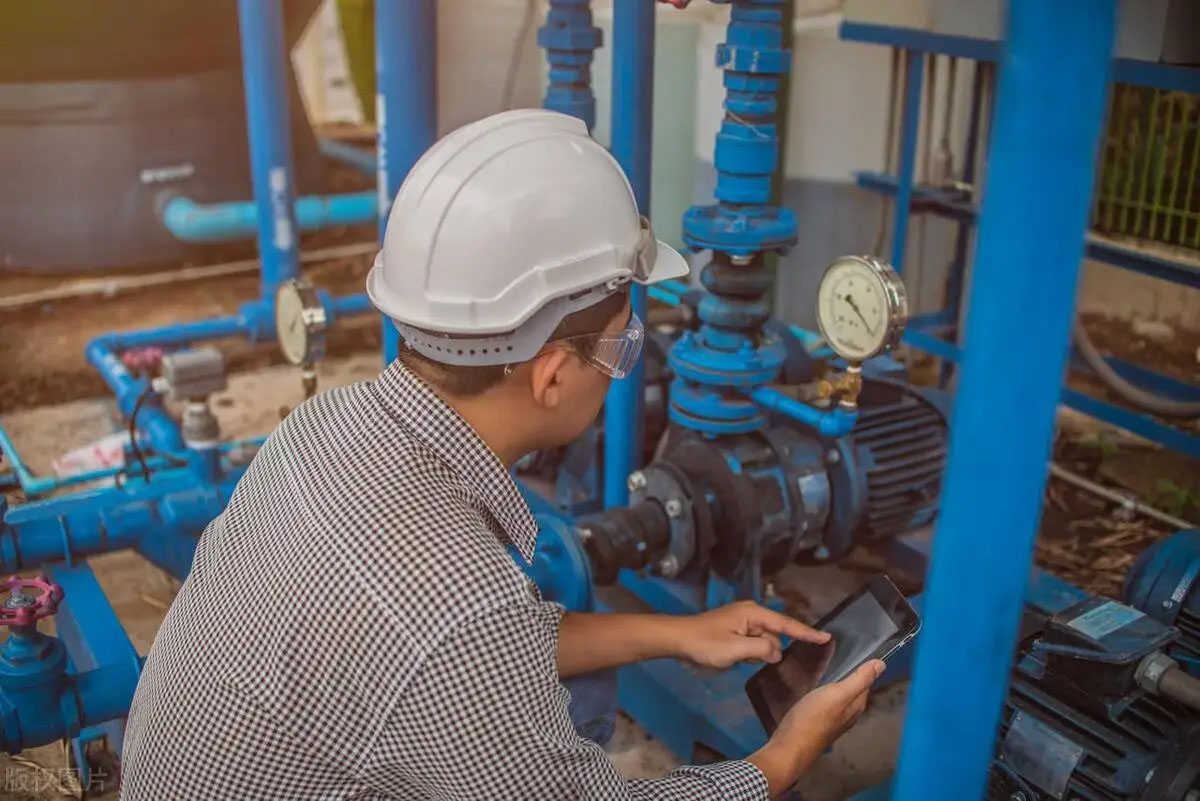LED Traffic Light Test
Light-emitting Diode, referred to as LED, is the abbreviation of the English name Light Emitting Diode, through the combination of electrons and holes to release energy light, can efficiently convert electrical energy into light energy, has a wide range of uses in modern society, such as lighting, flat panel display and medical devices. With the continuous progress of technology, this electronic component from the early can only emit low-light red light to develop other monochromatic light, has been widely used in visible light, infrared and ultraviolet light, is widely used in indicators and display boards, and then extended to traffic lights. It is known as a new light source in the 21st century, with high efficiency, long life, material is not easily affected by the environment and relatively stable, with the advantages of traditional light sources can not be comparable.

The traffic on the zebra crossing is heavy every day, as the guide of the traffic rules - the traffic light is also working hard every day, because it is placed outdoors all year round, so it must accept the strict reliability test before it can work. The test conditions include: Voltage electric, failure protection, electromagnetic noise, dust and waterproof, high temperature test, vibration test, salt spray test, insulation voltage, insulation resistance test...
Note: Before other tests, LED traffic lights need to undergo dry heat tests before other tests can be carried out.
Lamp surface test: dry heat test: 60℃/24 hours/applied voltage
Failure judgment: no deformation, loosening, falling off
Temperature resistance test: 70℃(16 hours)→-15℃(16 hours)→R.T., RAMP:≦1℃/min, 2cycle, power supply
Temperature and humidity test: 40℃→RAMP:≦1℃/min→40℃/95%(24 hours), power on
Continuous switching action: 40℃/60~80%, ON(1sec)←→OFF(1sec), 10000 times
Voltage electric: 80 ~ 135V(AC), 170 ~ 270V(AC)
Failure judgment: Light intensity drift ≦20%(110V, 220V light intensity as the benchmark)
Waterproof and dustproof meet IP54 class requirements
Insulation resistance test:
Insulation resistance: 500V
Failure determination: not less than 2MΩ
Insulation withstand voltage test: 1000V/60Hz/1min(after insulation resistance test)
Light chamber test:
High temperature test: 130℃/1 hour
Failure judgment: no deformation, loosening, falling off, cracking... Etc.
Vibration test: XYZ three-way, each 12min for 36min, 10 ~ 35 ~ 10Hz sine wave, each cycle for 3min, total vibration of 2mm
Failure judgment: no deformation, loosening, falling off, cracking, and the LED light surface can be normally lit and operated
Wind tunnel test: Wind speed 16 (51.5-56.4m /s), forward (0 degrees) and side (45 degrees), each blowing for 2 hours
Failure judgment: no deformation, loosening, falling off, cracking
Salt spray test: 96 hours
Failure determination: less than 8 embroider points on the area of 10,000mm^2, LED signal light surface insulation resistance >2MΩ, voltage 1000V/1min, no abnormality
Recommended model 1: high temperature and high humidity test chamber
High temperature and high humidity test chamber is suitable for electrical, electronic, instruments and other products, parts and materials in high and low temperature alternating wet and hot environment storage, transportation, use adaptability test; It is a reliability test equipment for all kinds of electronic, electrical, electrical, plastic and other raw materials and devices to carry out cold resistance, heat resistance, wet resistance, dry resistance test and quality control engineering; Especially suitable for fiber, LCD, crystal, inductance, PCB, battery, computer, mobile phone and other products of high temperature resistance, low temperature resistance, moisture resistance cycle test.
Recommended model 2: vibration of the comprehensive chamber
Vibration of the comprehensive chamber combined with temperature, humidity, vibration function in one, suitable for aerospace products, information electronic instruments, materials, electrical, electronic products, all kinds of electronic components in a comprehensive harsh environment to test their performance indicators. Vibration of the comprehensive chamber mainly for aerospace, aviation, petroleum, chemical, electronics, communications and other scientific research and production units to provide temperature and humidity change environment, at the same time in the test chamber will be electric vibration stress according to the specified period of the test on the test, for the user of the whole machine (or components), electrical appliances, instruments, materials for temperature and humidity, vibration comprehensive stress screening test. In order to assess the adaptability of the test product or to evaluate the behavior of the test product. Compared with the effect of a single factor, it can more truly reflect the adaptability of electrical and electronic products to temperature, humidity and vibration complex environment changes in transportation and actual use, and expose product defects, which is an essential and important test means for the whole process of new product development, prototype test and product qualification test.
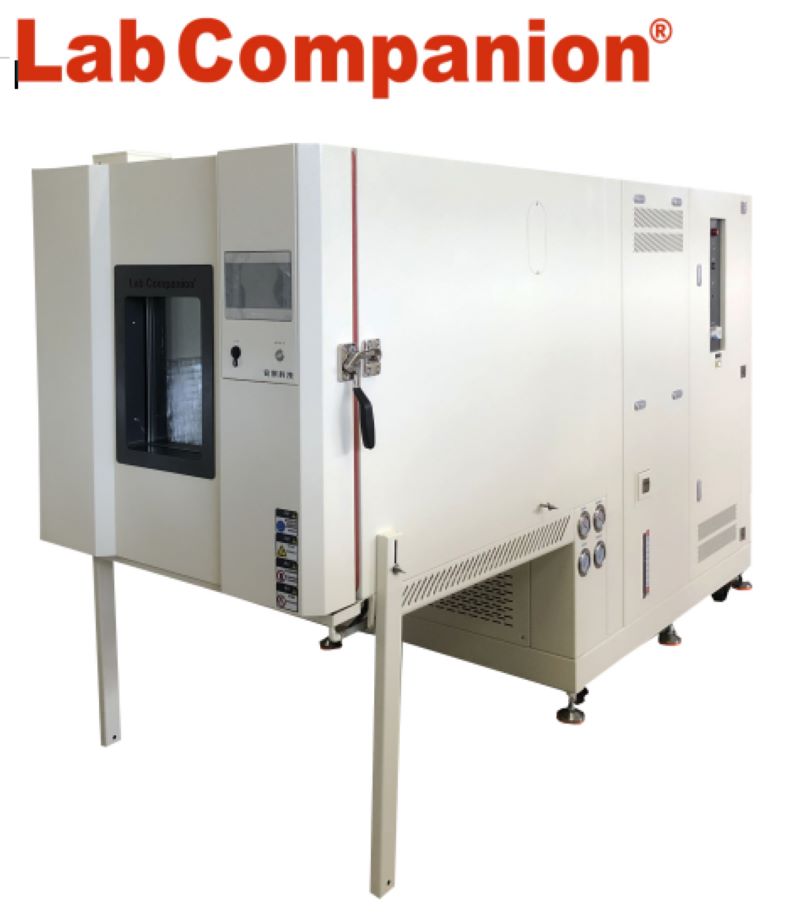
Recommended model 3: salt spray test chamber
The salt spray test chamber is suitable for all kinds of communication electronic products, electronic appliances, hardware parts to do neutral salt spray test (NSS) and corrosion test (AASS, CASS), omplied with CNS, ASTM, JIS, ISO and other standards. The salt spray test is to test the corrosion resistance of the products on the surface of various materials after anti-corrosion treatment such as coating, electroplating, anodic treatment and anti-rust oil.
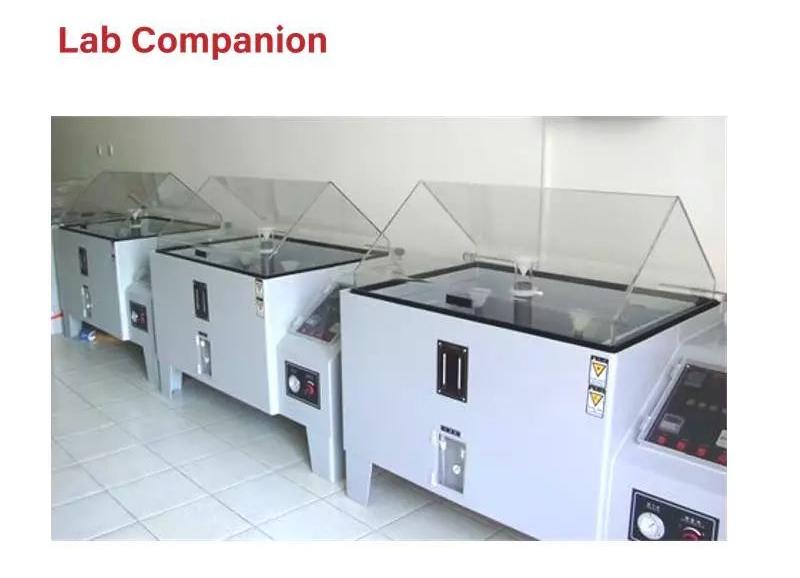
Recommended model 4: waterproof and dustproof test chamber
Waterproof and dustproof test chamber is suitable for outdoor terminals such as metering automation terminals and distribution network automation terminals to carry out rain and dust tests to ensure that the tested products can withstand the impact of harsh environmental changes, so that the products can operate safely and reliably, and are suitable for external lighting and signal devices and automotive lamp shell protection. It can provide realistic simulation of various environments such as water, spray and dust tests that electronic products and their components may be subjected to during transportation and use. In order to detect the waterproof and dustproof performance of various products.
